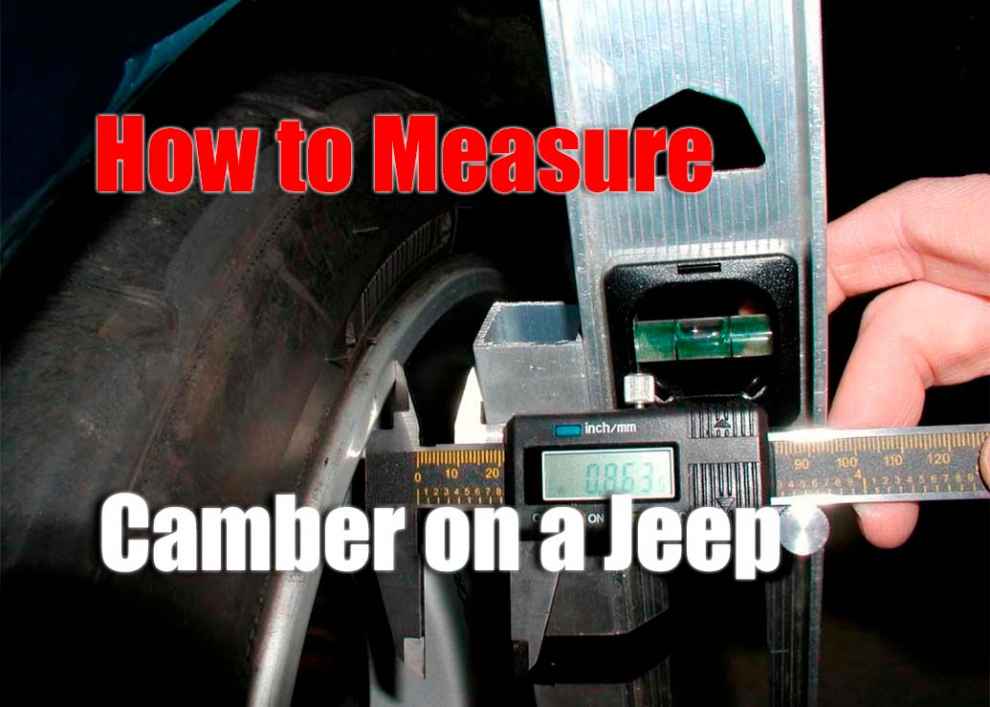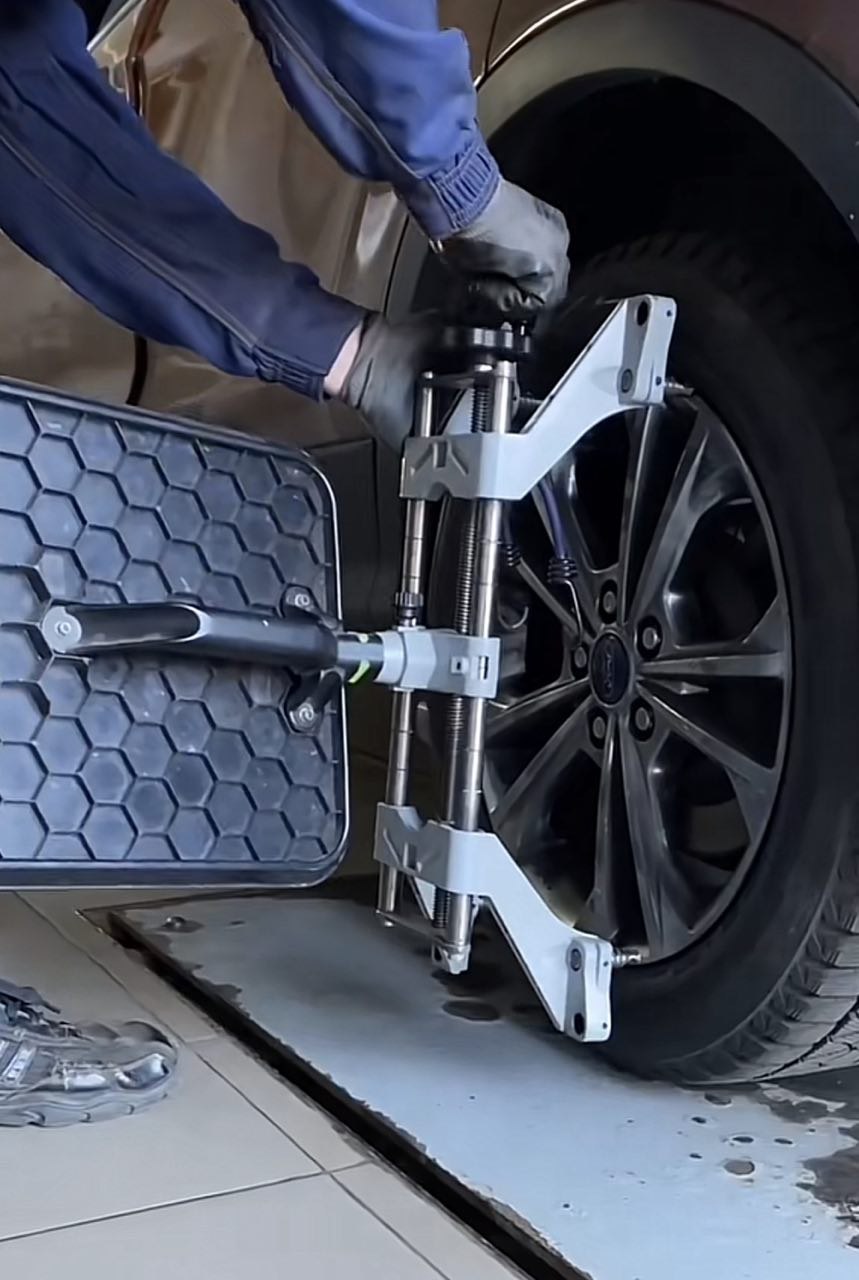Camber is an essential aspect of alignment that affects vehicle handling. If your Jeep has improper camber, it can lead to uneven tire wear and decreased overall performance. Therefore, ensuring your Jeep’s camber is adjusted correctly is important. To do this, you must know how to measure the camber on a Jeep. This guide will help you understand the basics of measuring camber and provide step-by-step instructions for doing so on a Jeep.
What Is Camber?
Camber is the angle between the vertical centerline of a wheel and a true vertical line. If the wheel is leaning outwards at the top, it’s got positive camber; if it’s leaning inwards at the top, it’s got negative camber. It’s important to note that a vehicle with zero camber will have even tire wear but won’t handle well in turns. Too much positive or negative camber can cause uneven tire wear and poor handling. Thus, adjusting your Jeep’s camber to its factory-specified setting is important for optimal performance.
Camber Measurement Techniques
There are several different techniques for measuring camber on a Jeep:
-
Visual Inspection Method: This is the simplest method of measuring camber; you just visually inspect your Jeep’s wheels to see if they’re leaning inward or outward from the top view. However, this method could be more accurate and should only be used if you can access other tools or techniques for measuring camber.
-
Bubble Gauge Method: This technique involves using an alignment gauge with an adjustable bubble level attached to it; this allows you to measure minute changes in your Jeep’s camber angle accurately and precisely by adjusting its position until the bubble reads “level”.
-
String Method: This technique involves attaching strings to each side of a wheel and then using a ruler or protractor to measure how far off horizontal they are from each other; this allows you to determine how much positive or negative camber your Jeep has even without specialized tools like alignment gauges or digital camber gauges.
-
Digital Camber Gauge Method: This technique uses special digital camper gauges that allow you to measure exact angles correctly and quickly without having prior experience with angles measurement techniques; these are widely available online but can be expensive, so make sure you research before buying one!
 Tools Needed for Measuring Camber
Tools Needed for Measuring Camber
Depending on the technique you use to measure camber, there are several tools you might need. For the visual inspection method, all you need is a good view of the wheels from the top. For the bubble gauge method, you’ll need an alignment gauge with an adjustable bubble level attached.
For the string method, you’ll need two strings, a ruler or a protractor, and some clamps or weights to hold the strings in place. And for the digital camber gauge method, you’ll need a digital camber gauge device compatible with your vehicle. Additionally, it’s always helpful to have a set of basic hand tools, such as wrenches or pliers, to make necessary adjustments during the measuring process.
Step-by-step Guide for Measuring Camber on a Jeep
Once you’ve chosen the technique and gathered the necessary tools, here’s a step-by-step guide for measuring camber on a Jeep:
-
Start by raising your Jeep’s front wheels off the ground using jack stands and ensuring they are evenly spaced.
-
Depending on which technique you choose, follow the appropriate instructions for measuring camber:
Visual Inspection Method: Stand back from the vehicle and inspect each wheel to see if it is leaning inwards or outwards from the top view; adjust as needed to align them.
Bubble Gauge Method: Position your bubble level gauge against one wheel at a time and adjust its angle until it reads “level”; then measure its angle with a protractor or ruler to determine how much positive/negative camber your wheels have.
String Method: Attach one string to each side of your wheel at a height approximately one-third of its width; then measure how far off horizontal these strings are from each other using a ruler or protractor to determine how much positive/negative camber your wheels have.
Digital Camber Gauge Method: Position the digital camper gauge against one wheel at a time and wait for it to read out an angle; then compare this reading against the recommended factory setting for your vehicle’s make/model/year combination to determine whether you need to adjust camber accordingly.
-
Once you’ve measured all four wheels, make any adjustments needed to align them with factory specifications (if applicable) before lowering your Jeep back onto the ground again.
Conclusion
Measuring camber on a Jeep is easier than it may seem! With this comprehensive guide, understanding what camper is and how it affects vehicle handling will be easy, as well as learning different techniques available for measuring camber (visual inspection method, bubble gauge method, string method, digital camper gauge method), what tools you need (varying depending on technique) and how to use them correctly to measure camper properly on your own!

 Tools Needed for Measuring Camber
Tools Needed for Measuring Camber
Add Comment